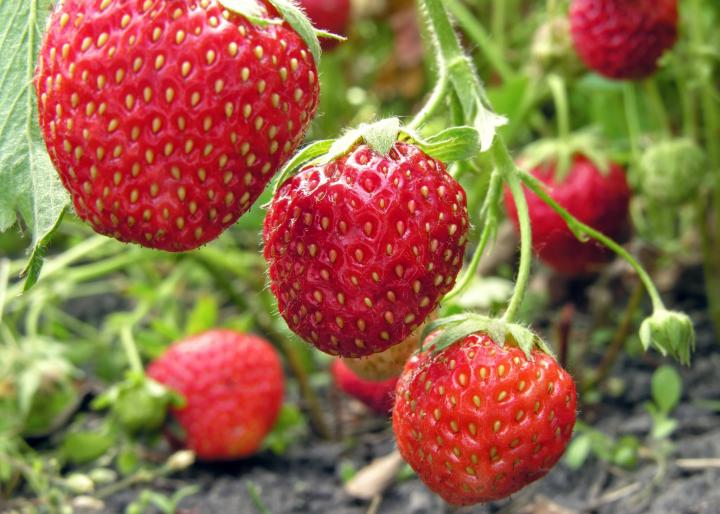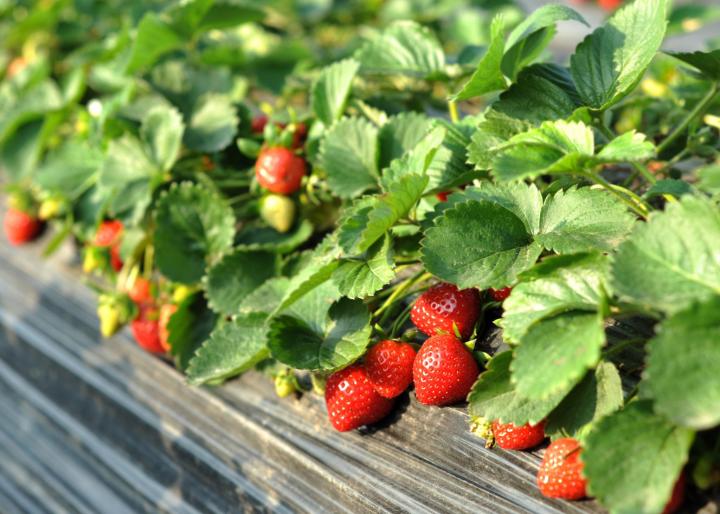
Planting, Growing, and Harvesting Strawberries
ADVERTISEMENT
It is funny that altho I have a compulsion to put things in rows and keep everything to a minimum, I don't plant that way. Why? Because nature doesn't plant that way. I have waist high planters and 16 inch pots that hold everything. My strawberries had the last three months in shade because I hadn't gotten the lay of the land in my front yard. They will probably be sent to the back deck soon as the old tree in the front has decided to spread more this year. They are crowded, no mulch, and producing like they are very happy. I don't keep the runners cause they are not as vigorous as the mother plants and over time will revert to the original berry species. But they do look pretty hanging over the side of the pot. It's funny how all the sites say the same thing, I have never paid attention and currently have enough strawberries to make a pie with rhubarb I found at the local market... these are day neutral...good times
i grow hydroponically everything from tomatoes to lettuce in perlite with nutrients can you grow strawberry's
in perlite
Can I grow the runners indoors once I've cut them off? If so, how? Hydroponics or planted? They don't have time to establish roots outdoors and I hate to waste the 20 baby plants. ALL have large nodes for roots.
My strawberry bed is over ten years old,
old plants are replaced by new runners and produce nice size fruit,
however two years ago I started noticing new strawberry plants but they're like wild ones.
They have tiny little berries and have spread all over.
I've tried pulling out those runners but can't get them all.
I'm afraid they will choke out my real plants.
How do I rid my garden of these wild ones?
Mulch with sand n compost covering the undesirable plants and leaving the others to thrive.












Comments